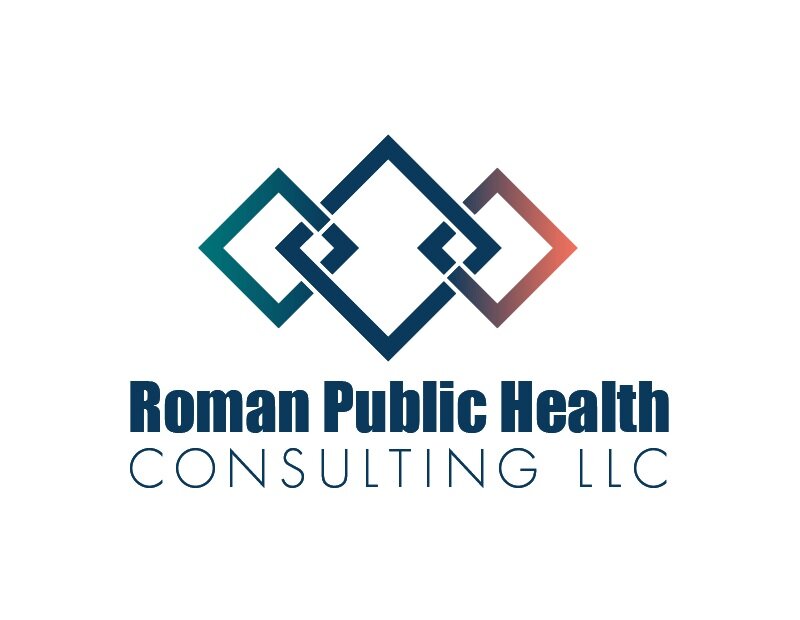How Health Education and Instructional Design Align: Reflections for National Health Education Week
When I started my program in e-learning instructional design, a few people assumed that I was planning to work outside of public health. They thought that I was switching fields. But don’t worry, I am not!
Effective e-learning and instructional design is aligned with our public health and health education goals and is essential for so much of the teaching, training and communication content we develop such as:
Workshops
Trainings
Online courses
Webinars
Podcasts
Job aids
In honor of National Health Education Week, I thought it would be fun to visit selected responsibilities and competencies for health education specialists (2020) and make connections with instructional design. This is definitely not an exhaustive list of where they overlap, but these are some of my favorites!
(1) Health Education Area 1: Assessment of Needs and Capacity
This aligns with the needs analysis that we always start with in instructional design. We observe, we look at data, we talk with our target learners, and we engage project stakeholders to figure out if and why a performance issue or learning gap exists. This helps us to recommend the right solution (and hint: it is not always a training!)
(2) Health Education Area 2: Planning
Instructional designers shine in the planning and design phase. Here (just like health educators!) we start by identifying the desired outcomes for our course, training, workshop, etc. We ask the key question:
What do we want learners to be able to do after completing the learning experience?
There are great learning frameworks to facilitate this type of planning which “starts with the end in mind.” I really like backwards design and action mapping.
(3) Health Education Area 4: Evaluation and Research
Way too often, courses and trainings stop at “smile sheets” (aka satisfaction surveys) to evaluate their effectiveness. But just because someone liked the training or the instructor, doesn’t mean that course-level or organization-level goals are met. And it certainly doesn’t mean that learners have improved their performance or changed their behavior (especially long-term following a one-time training).
Instructional designers (much like health educators when they design logic models), need to think about impact and evaluation at multiple levels. One resource I really like that I used in my certificate program and continue to use is Kirkpatrick’s Four Levels of Training Evaluation.
(4) Health Education Area 7: Leadership and Management
These instructional design responsibilities are vital to the leadership and management of health education programs. Assessing training needs, planning training, implementing and evaluating training are essential for preparing others on your team or in your department to provide health education and promotion (competency 7.2).
(5) Health Education Area 8: Ethics and Professionalism
Shifting the focus of my consulting business to provide e-learning instructional design services aligns really well with this area eight competency: Serve as an authoritative resource on health education and promotion (8.2). Specifically, my goal is to provide expert consultation, assistance, and guidance to public health individuals, groups, and organizations that need support designing and evaluating effective e-learning solutions.
So remember, e-learning and instructional design are not separate from public health or health education. Being able to apply learning theory, understand motivations for learning, engage learners, and evaluate strategically will only help us build more effective learning experiences.
I’d love to hear from you!
Do you use instructional design in your day-to-day public health or health education work? If so, tell us about it!
Do you collaborate with instructional designers or e-learning developers in your current role?

